The ecology and significance of belowground bud banks (Review)
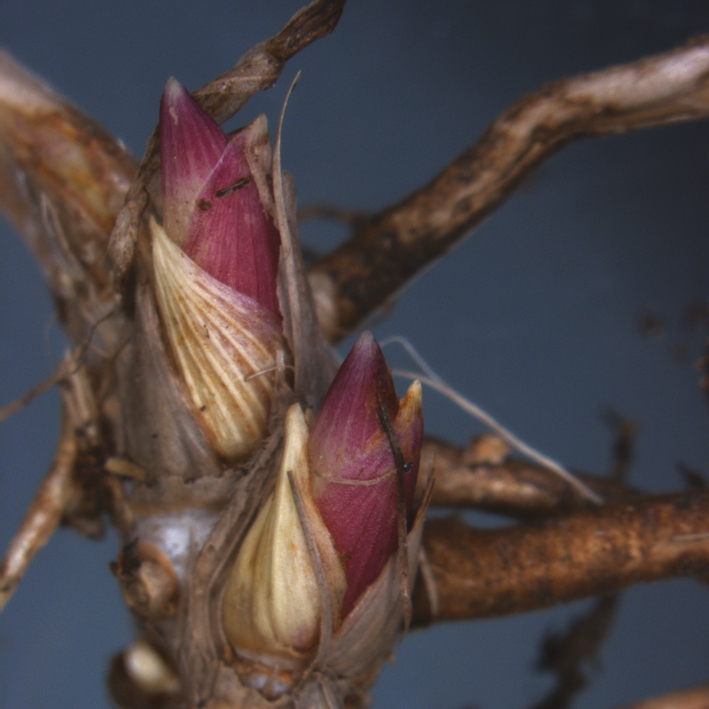
Annals of Botany 123: 1099–1118, 2019
doi: 10.1093/aob/mcz051
Below ground bud banks are responsible for the majority of seasonal population renewal and regeneration following disturbance in many plant communities. In this review, Ott et al. present an overview of the role of bud banks in plant population renewal, examine bud bank life history, introduce bud bank traits, synthesize the effect of disturbance on bud banks, and summarize the ecological implications of bud banks. Understanding the effects of environmental change and disturbances, such as fire, herbivory, and anthropogenic sources, on belowground bud banks will add to our understanding of the underlying mechanism driving changes in productivity and species composition of a variety of ecosystems.
Authors: Jacqueline P. Ott, Jitka Klimešová, and David C. Hartnett
Sex-biased gene expression in an annual dioecious herb
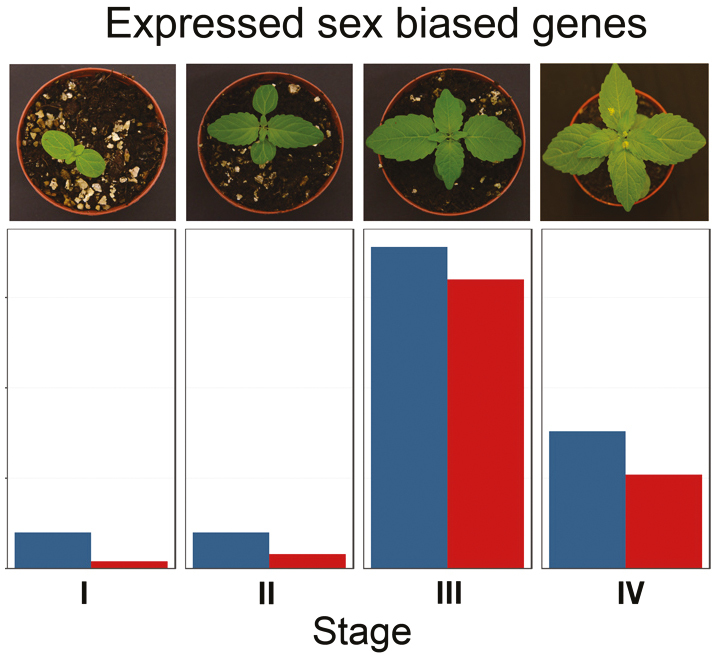
Annals of Botany 123: 1119–1132, 2019
doi: 10.1093/aob/mcy183
Sex-biased gene expression is poorly explored in flowering plant species, especially for vegetative tissues and for early stages of development. Cossard et al. use full-transcriptome sequencing to investigate patterns of sex-biased gene expression in shoots, leaves and roots of the plant Mercurialis annua (Euphorbiaceae) from the early seedling stage to reproductive maturity. They report highly dynamic turnover in the identity of sex-biased genes during early development. Sex-biased genes were over-represented on the Y-chromosome but did not show faster protein evolution. Our study indicates that males and females express their differences well before they commence flowering, possibly in preparation for differences in resource allocation.
Authors: Guillaume G. Cossard, Melissa A. Toups, and John R. Pannell
For a Commentary on this article see this issue, pp. iv–v.
Loss of RNA integrity precedes loss of viability in dry-stored seeds

Annals of Botany 122: 1133–1146, 2019
doi: 10.1093/aob/mcy217
Seed ageing follows a frustrating path. Seeds deteriorate for years without any change in germination ability (germinability), then rapidly lose that ability. Seeds need high-integrity RNA to germinate. Felming et al. reason that decline in RNA integrity may indicate deterioration, before germination assays show any decline. They compare RNA integrity and germinability with age and storage temperature in seeds from two decades-old legacy collections. They show that decline in RNA integrity could be detected before seeds lost germinability, while storage temperature affected germinability and RNA integrity similarly. RNA integrity has potential for measuring a sympotomless change and predicting when seeds will lose germinability.
Authors: Margaret B. Fleming, Lisa M. Hill, and Christina Walters
An inverse stomatal frequency–pCO2 correlation for Quercus glauca
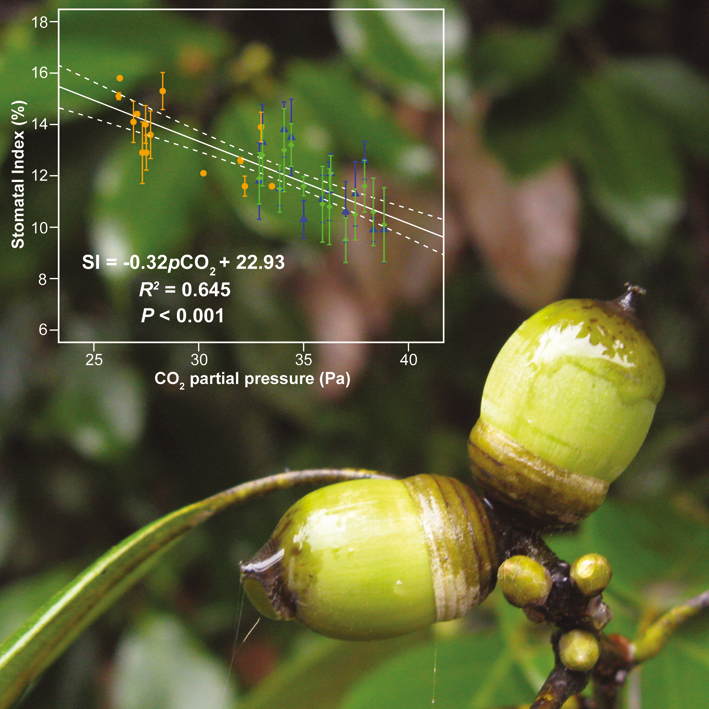
Annals of Botany 123: 1147–1158, 2019
doi: 10.1093/aob/mcz020
The correlation between atmospheric CO2 partial pressure (pCO2) and stomatal frequency in plants has been widely used to estimate palaeo-CO2 levels. However, there are some apparent discrepancies in estimates. Hu et al. present an inverse stomatal frequency–pCO2 correlation for Quercus glauca (ring-cupped oak, Fagaceae) through cross validation of three material sources: seedlings grown under elevated pCO2, extant altitudinal samples and historical herbarium specimens. Combined calibration curves integrating data of extant altitudinal samples and historical herbarium specimens improved the reliability and accuracy of the prediction and model. Q. glauca is sensitive to pCO2 and has abundant fossil relatives; therefore it provides an ideal tool to estimate palaeo-CO2 levels.
Authors: Jin-Jin Hu, Yao-Wu Xing, Tao Su, Yong-Jiang Huang and Zhe-Kun Zhou
Ant pollination in Brazilian savanna
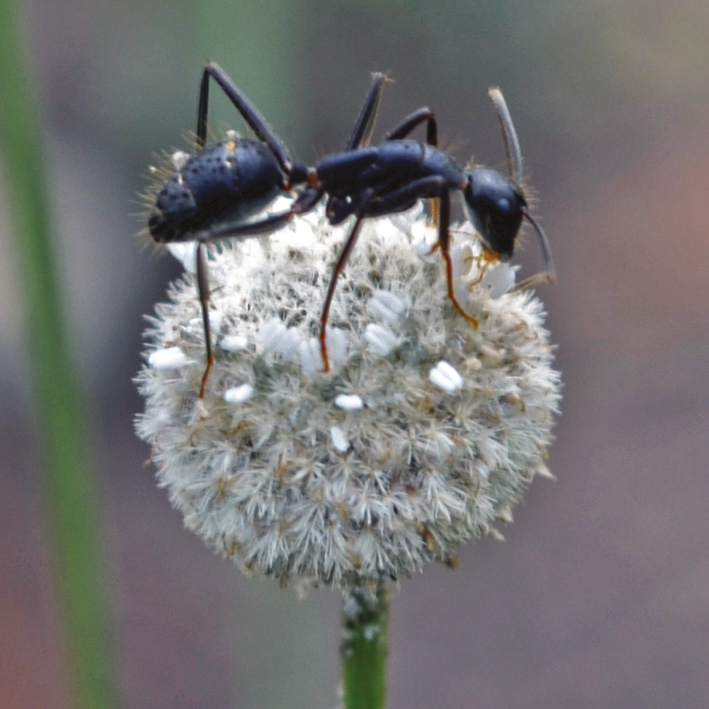
Annals of Botany 123: 1159–1166, 2019
doi: 10.1093/aob/mcz021
Ant–plant associations, found throughout the world, are diverse, but ant pollination is considered a very rare interaction. In this study, Del-Claro et al. show through experimental manipulations and field observations that ants, especially Camponotus crassus (Hymenoptera: Formicidae), are the effective pollinator of Paepalanthus lundii (Eriocaulaceae) in a Brazilian savanna. This result has a great significance for the understanding of ant pollination syndrome, and for the complex ecological networks present in dry arid systems. Del-Claro et al. suggest that ants cannot be neglected as pollinators in complex ecological networks.
Authors: K. Del-Claro, D. Rodriguez-Morales, E. S. Calixto, A. S. Martins, and H. M. Torezan-Silingardi
Nitrogen gain in carnivorous Lentibulariaceae
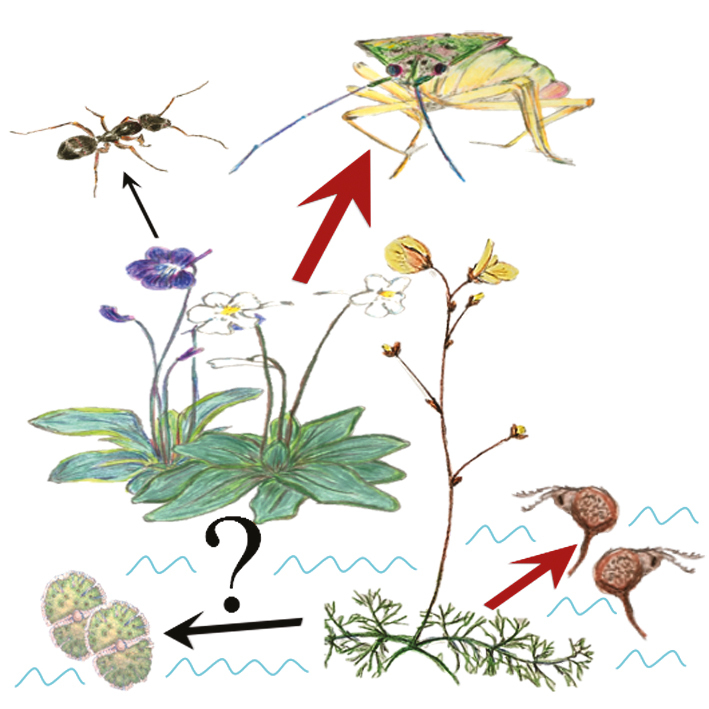
Annals of Botany 123: 1167–1178, 2019
doi: 10.1093/aob/mcz022
Carnivorous plant nutrition can be investigated by applying stable isotope two-source linear mixing models on a prey pool. Prey of various trophic levels is often available for carnivorous plants, and consequently preference for a certain trophic level can be measured. Klink et al. investigated Lentibulariaceae for a prey preference and found phytophagous prey contributing about half of Pinguiculas’ nutrition for nitrogen and a small amount of carbon. Phytoplankton was successfully introduced as reference showing aquatic Utricularia received between a fifth and a third of its nitrogen from zooplankton. Thus, separation of prey animals into trophic levels revealed a major nutritional contribution of lower trophic level prey (phytophagous) for temperate Pinguicula species, while prey of higher trophic levels (diverse, zoophagous) are rarer resulting in a smaller chance of being captured. Further studies on the proportions of phytoplankton, zooplankton, and pollen in nutrition of Utricularia are recommended.
Authors: Saskia Klink, Philipp Giesemann, and Gerhard Gebauer
Population structure of Betula albosinensis and B. platyphylla
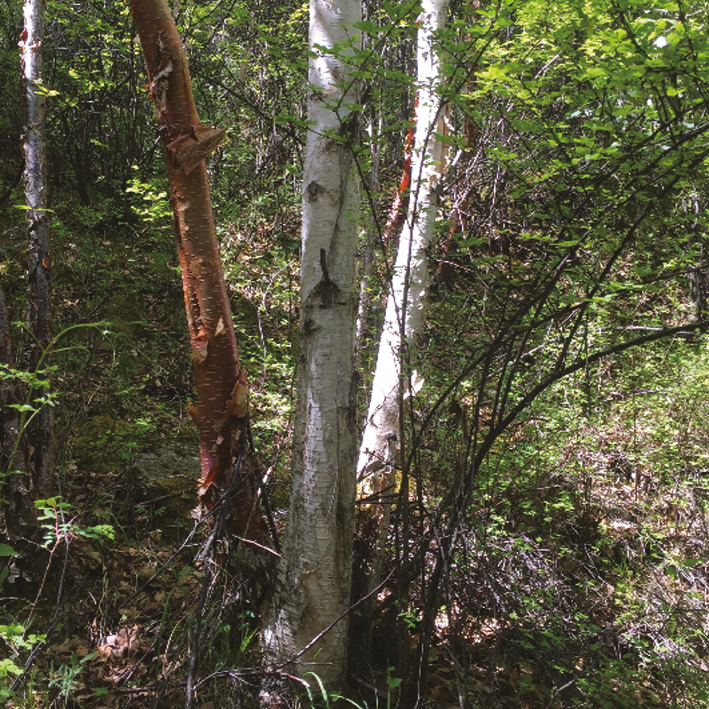
Annals of Botany 123: 1179–1190, 2019
doi: 10.1093/aob/mcz024
Differences in local abundance and ploidy level are predicted to impact the direction of introgression between species. Hu et al. test these hypotheses on Chinese populations of Betula albosinensis (red birch, Betulaceae, a tetraploid) and B. platyphylla (white birch, a diploid). The results showed that introgression between red birch and white birch was symmetrical. In addition, they unexpectedly found populations of apparently “diploid” red birch and this may be a progenitor of allotetraploid red birch populations. Incomplete lineage sorting may explain patterns of genetic admixture between apparently “diploid” and “allotetraploid” red birch.
Authors: Ya-Nan Hu, Lei Zhao, Richard J. A. Buggs, Xue-Min Zhang, Jun Li, and Nian Wang
Molecular basis of leaf heteroblasty in Passiflora edulis
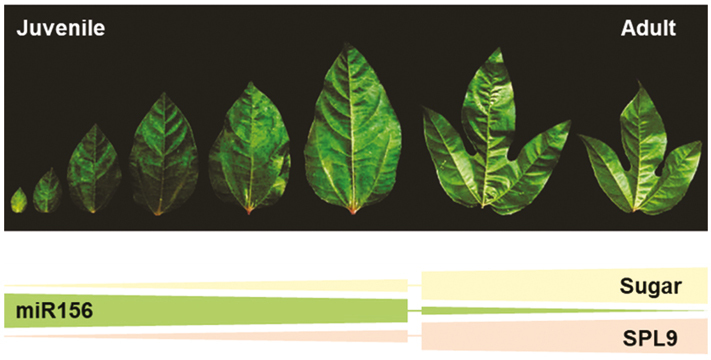
Annals of Botany 123: 1191–1204, 2019
doi: 10.1093/aob/mcz025
Juvenile to adult phase transition is marked by changes in leaf morphology, called heteroblasty. Since the genus Passiflora (Passifloraceae) is well known for the variation in leaf shape, Silva et al. investigate the molecular mechanisms underlying leaf heteroblasty in Passiflora edulis by using molecular and in vitro organogenesis approaches. Metabolite profiling revealed a set of metabolites (mostly sugars) associated in P. edulis heteroblasty. Importantly, exogenous glucose modulates adult leaf traits during in vitro organogenesis via miR156-targeted PeSPL9 (Squamosa promotor binding like protein 9, a DNA binding protein and transcription regulator) at early stages of shoot development. These findings revealed association of sugar and microRNA during juvenile-to-adult phase transition of leaf in P. edulis.
Authors: Priscila O. Silva, Diego S. Batista, João Henrique F. Cavalcanti, Andréa D. Koehler, Lorena M. Vieira, Amanda M. Fernandes, Carlos Hernan Barrera-Borjas, Dimas M. Ribeiro, Fabio T.S. Nogueira, and Wagner C. Otoni
Mimicking pollen and spore walls: self-assembly in action
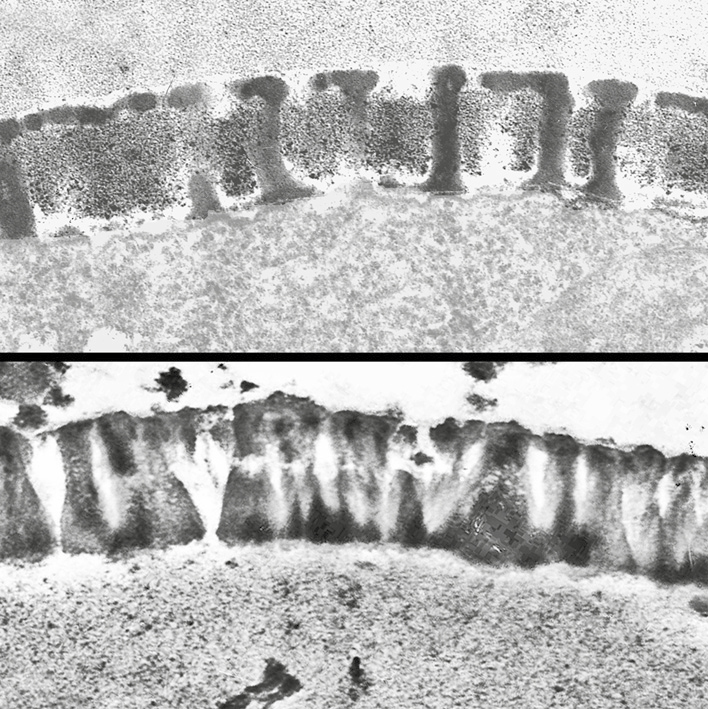
Annals of Botany 123: 1205–1218, 2019
doi: 10.1093/aob/mcz027
Gabarayeva et al. observed a similarity between the sequence of pollen walls (exines) developing structures in many species studied with TEM and the sequence of micellar self-assembling (meso)phases. This suggests that self-assembly plays an important part in exine determination. To establish this idea, exine patterns were experimentally simulated. Mixtures of surfactants, typical for the periplasmic space of the developing microspores, were kept undisturbed, allowing the process of self-assembly. Dry films, examined with TEM, showed striking resemblance to exines. The results support the idea that exine development involves an interplay between the genome and simple physico-chemical interactions.
Authors: Nina I. Gabarayeva, Valentina V. Grigorjeva, and Alexey L. Shavarda
For a Commentary on this article see this issue, pp. vi–vii.
Fire and germination in a tropical savanna
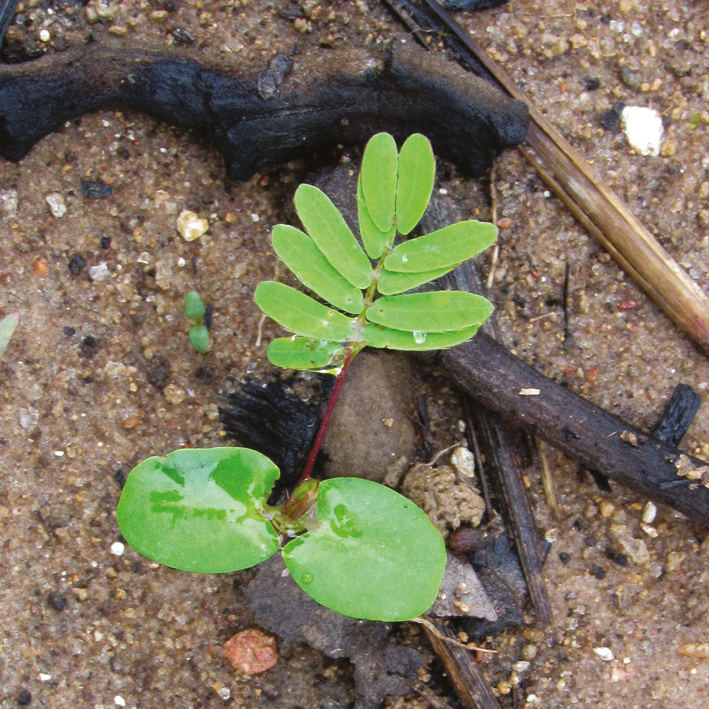
Annals of Botany 123: 1219–1230, 2019
doi: 10.1093/aob/mcz028
Physical dormancy in legume seed is typically broken due to heat shocks in fire-prone ecosystems. Daibes et al. applied heat shocks to 46 legume species from a fire-vegetation gradient (grassy savannas, woody savannas and forest) in a tropical savanna (Cerrado) of central and south-eastern Brazil. They found a very different pattern, with fire playing a minor role in physical dormancy-break, while both savanna and forest species have shown heat-tolerant seeds. Trees had larger seeds (phylogenetically clustered), avoiding seed mortality under the hottest temperature. Historical factors explain the formation of Cerrado savannas, originating from fire-free forests, in contrast to other fire-prone vegetation throughout the world.
Authors: L. Felipe Daibes, Juli G. Pausas, Nathalia Bonani, Jessika Nunes, Fernando A.O. Silveira, and Alessandra Fidelis
Citrus phylogenomic karyotypes revealed by genotyping by sequencing
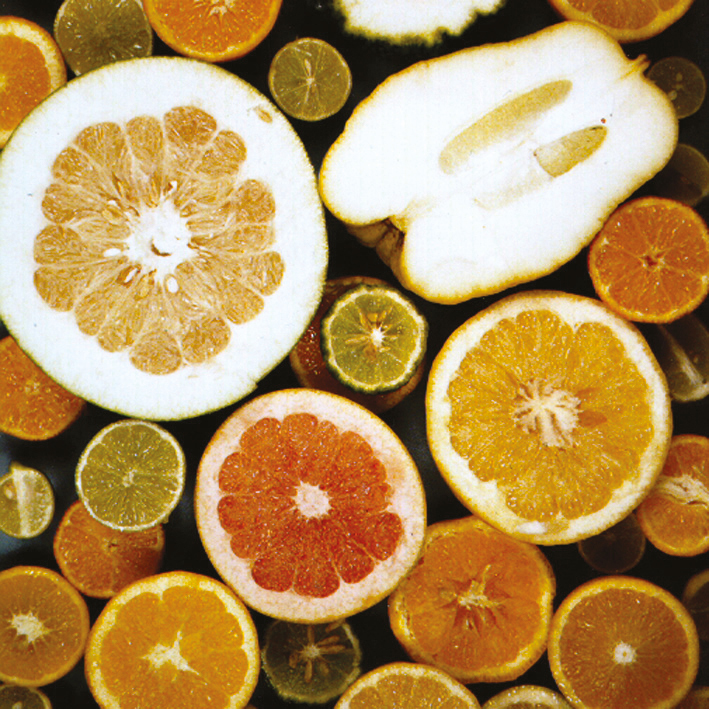
Annals of Botany 123: 1231–1252, 2019
doi: 10.1093/aob/mcz029
Reticulate evolution coupled with limited further interspecific recombination results in interspecific mosaics of large genomic fragments. Ahmed et al. developed a generic pipeline, based on a maximum likelihood analysis of ancestral taxa reads, using genotyping by sequencing method, to decipher the phylogenomic structures along the nuclear genomes of diploid and polyploid individuals. The approach was successfully applied to the cultivated citrus gene pool (Citrus genus, Rutaceae) and revealed the origin and phylogenomic karyotypes of 53 varieties. The generic pipeline will also be useful for any species with asimilar evolutionary pathway and for the analysis of interspecific recombination in interspecific breeding schemes.
Authors: Dalel Ahmed, Aurore Comte, Franck Curk, Gilles Costantino, François Luro, Alexis Dereeper, Pierre Mournet, Yann Froelicher, and Patrick Ollitrault
Evolution of minimum ovule size
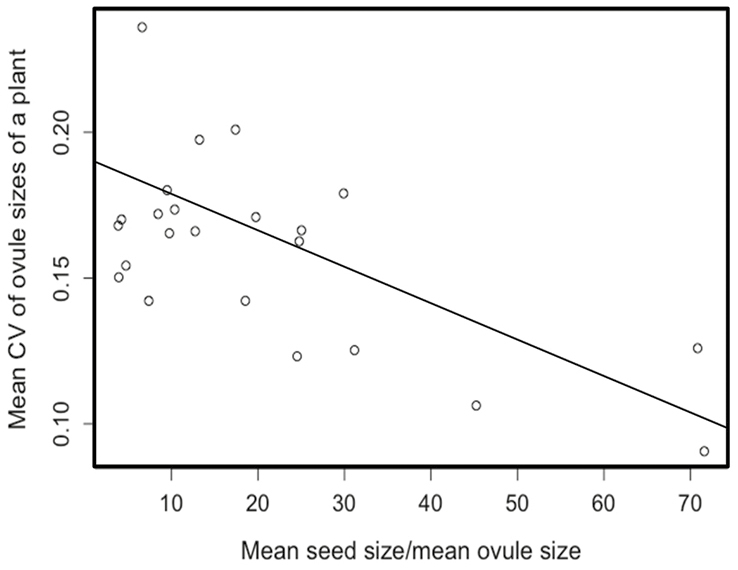
Annals of Botany 123: 1253–1256, 2019
doi: 10.1093/aob/mcz031
Among the 27 species studied in this study of ovule size variations and the relative sizes of ovules to seeds, Itagaki et al. find that the smaller the ovule size is compared to the seed size, the smaller the degree of variation in the ovule size. Among a total of 49 species, only two species showed significant positive dependence of the mean ovule size on plant size. While larger plants should have greater resources for ovule production, evolutionary selection has not enhanced the production of large ovules in most species. These results suggest that a process of selection minimizes the costs of ovule production.
Authors: Tomoyuki Itagaki, Jun Mochizuki, Yuta Aoyagi, Masaya Ito, and Satoki Sakai
Relationship between duration of cell differentiation and xylem traits
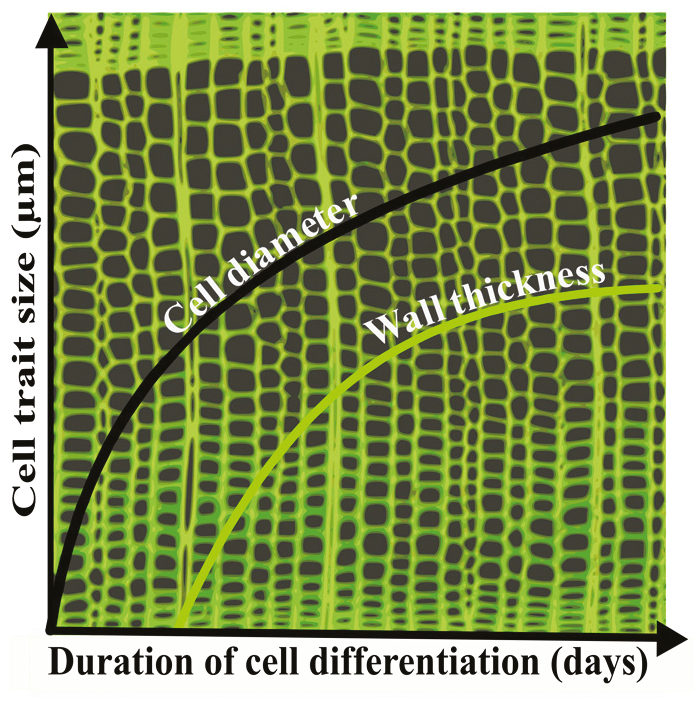
Annals of Botany 123: 1257–1268, 2019
doi: 10.1093/aob/mcz032
The spatial variation of cell traits in the xylem is affected by the temporal dynamics of wood formation and underlines the separation between earlywood and latewood. Butto et al. assess a nonlinear relationship between the duration of cell differentiation and the final size of cell traits (cell diameter and cell wall thickness). The relationship represents the dynamics of both earlywood and latewood cell traits formation and was based on 15 years of observations performed on black spruce Picea mariana (Pinaceae), on five sites along a latitudinal gradient in Quebec (Canada). It emerges that the duration of cell differentiation is a key factor of cell growth and wall thickening across the entire latitudinal distribution of the species.
Authors: Valentina Buttò, Sergio Rossi, Annie Deslauriers, and Hubert Morin


